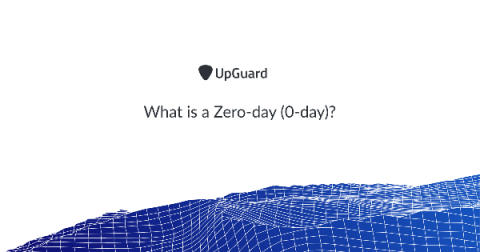Unpatched zero-day vulnerability in Internet Explorer exploited in the wild
Barely a week after Patch Tuesday, internet security company Qihoo 360 has discovered yet another vulnerability in Internet Explorer (IE), this time due to a remote code execution vulnerability in the jscript.dll scripting engine. The vulnerability, identified as CVE-2020-0674, is considered Critical for IE 11, and Moderate for IE 9 and IE 10.











